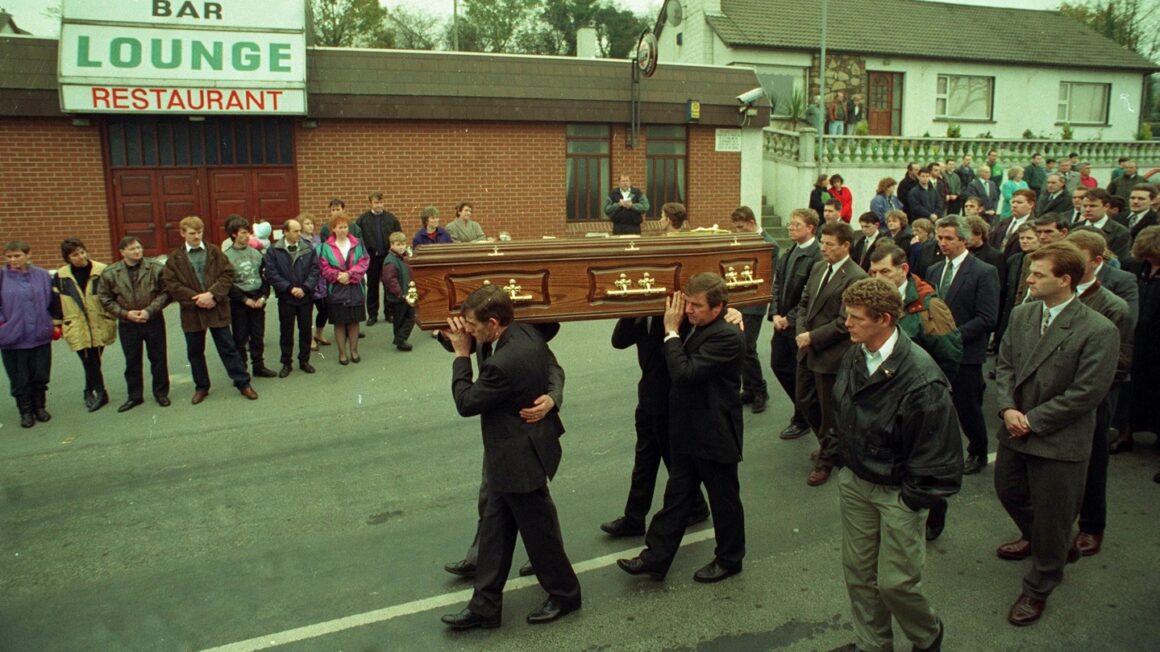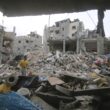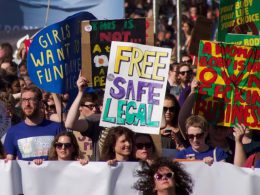By Kevin Henry
October 23 is the 30th anniversary of Shankill Bombings. Ten people were killed: one of the IRA bombers, a UDA member and eight Protestant civilians, two of whom were children.
The UDA in particular was responsible for a number of vicious attacks, in a tit-for-tat response. Later the same day it shot a Catholic delivery driver in Belfast after luring him with a bogus call. He died on 25 October. On 26 October, the UDA shot dead another two Catholic civilians and wounded five in an attack on a Council Depot at Kennedy Way, Belfast. On the evening of 30 October, in Greysteel, County Derry, the UDA opened fire in the crowded Rising Sun bar during a Halloween party, killing eight civilians and wounding thirteen.
The violence raised the prospect of the peace process being derailed, and of a more brutal and more nakedly sectarian civil war. However, what is largely written out of these events is that it also saw working-class people come together in a common struggle against sectarianism.
On the Monday following the Shankill Bomb The News Letter reported that 10,000 joined a vigil / demonstration at the bomb site after thousands of workers from Shorts, the Shipyards and Siroco, “downed tools” and marched from Dee Street. The articles in the mainstream press note the initiative was taken by the shop stewards in these workplaces who felt the pressure to do something and not allow sectarian forces take the initiative. The fact that earlier that month, when loyalists shot a Catholic who worked on a contract for the Shorts aircraft factory, over 1,000 Shorts workers walked out to attend a protest rally at the entrance to the Harbour Industrial Estate, played an important role in ensuring Catholic and Protestant marched out together in a massive show of strength.
In the weeks after the Greysteel Massacre, protests were held across the North. On 19 November, under the title “Community Day for Unifying Peace”, was held an event that was later described as the “biggest community event and biggest peace demonstration ever initiated by the Trade Union movement”. Had a call been issued for a one-day general strike the turnout would have been even greater. Each of these mobilisations was decisive in cutting across the tit-for-tat killings and atrocities of the time.
We must reject the insidious idea that we are all somehow to blame for the Troubles. Working-class activists, primarily organised through the unions, stood against sectarianism and sectarian killings. Sectarian forces on the other hand have much to answer for. They dragged us into violence in the past and will do so again unless challenged. But working-class people, often on the initiative of Socialist Party, have been prepared to take action against sectarian violence including earlier this year in response to the shooting of an off-duty police officer.
We need to build an alternative, through well-organised trade unions with combative leaderships, and by working to create a mass anti-sectarian party that unites Catholic and Protestant workers and young people, who have been at the fore of recent protests on Gaza, climate change and socialist feminism.












